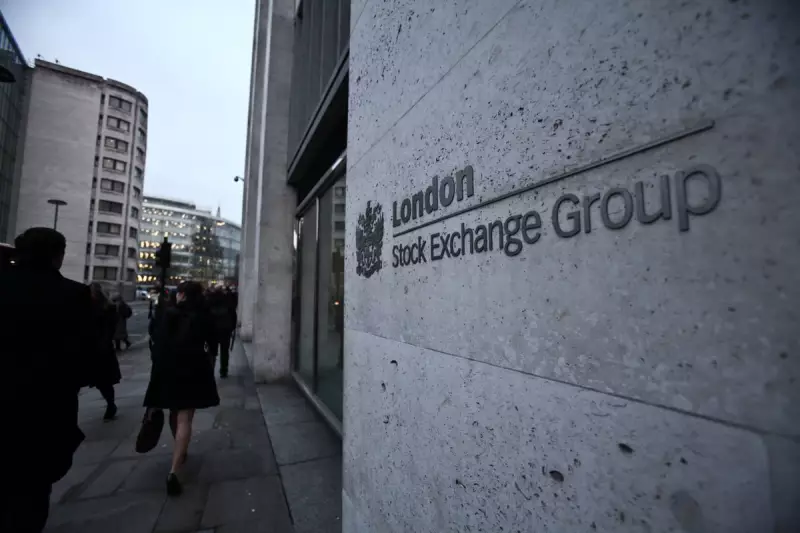
While high streets across Britain battle a retail crisis, Liverpool is writing a remarkable success story that's turning heads nationwide. New data reveals the city centre has achieved its lowest shop vacancy rate in years, standing at just 14.2% - significantly outperforming many other major urban centres.
A Tale of Two Cities: Liverpool's Remarkable Recovery
The latest figures from the Local Data Company paint a stark contrast between Liverpool's resilience and the struggles facing other regions. The North West city has seen vacancy rates drop dramatically from 18.2% in 2020 to their current impressive level. This achievement becomes even more striking when compared to the national picture, where some shopping destinations report vacancy rates soaring above 30%.
What's Driving Liverpool's Retail Renaissance?
Several key factors are contributing to Liverpool's unexpected retail success:
- Strategic investment in public spaces creating more attractive shopping environments
- Successful events programming that drives consistent footfall throughout the year
- Collaborative approach between local authorities and business community
- Diversified retail offering blending independent stores with major brands
The National Picture: Challenges Persist Elsewhere
Despite Liverpool's success, the broader UK retail landscape remains challenging. The national vacancy rate stands at 13.8%, with significant regional variations. Wales reports the highest rate at 17.1%, while the South West enjoys the lowest at 10.6%.
"The difference in performance between the best and worst locations is stark," notes industry expert Holly Williams. "While some city centres are thriving, others face an uphill battle with empty units becoming increasingly common."
Looking Ahead: Sustainability Concerns
Despite the positive news, retail analysts caution that challenges remain. The ongoing cost of living crisis and changing consumer habits continue to pressure traditional retail models. However, Liverpool's approach offers valuable lessons for other cities seeking to revitalise their commercial centres.
The city's success demonstrates that with the right combination of investment, collaboration and innovation, urban retail centres can not only survive but thrive in today's challenging economic climate.





